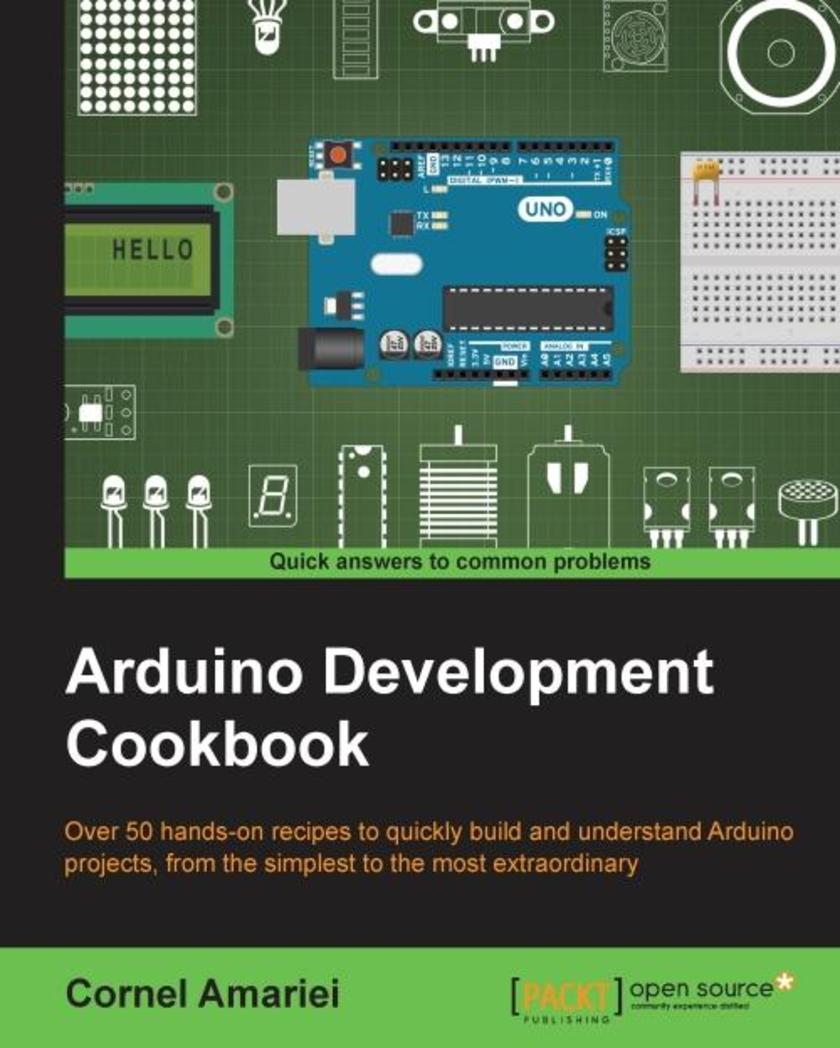
Arduino Development Cookbook
¥80.65
If you want to build programming and electronics projects that interact with the environment, this book will offer you dozens of recipes to guide you through all the major applications of the Arduino platform. It is intended for programming or electronics enthusiasts who want to combine the best of both worlds to build interactive projects.
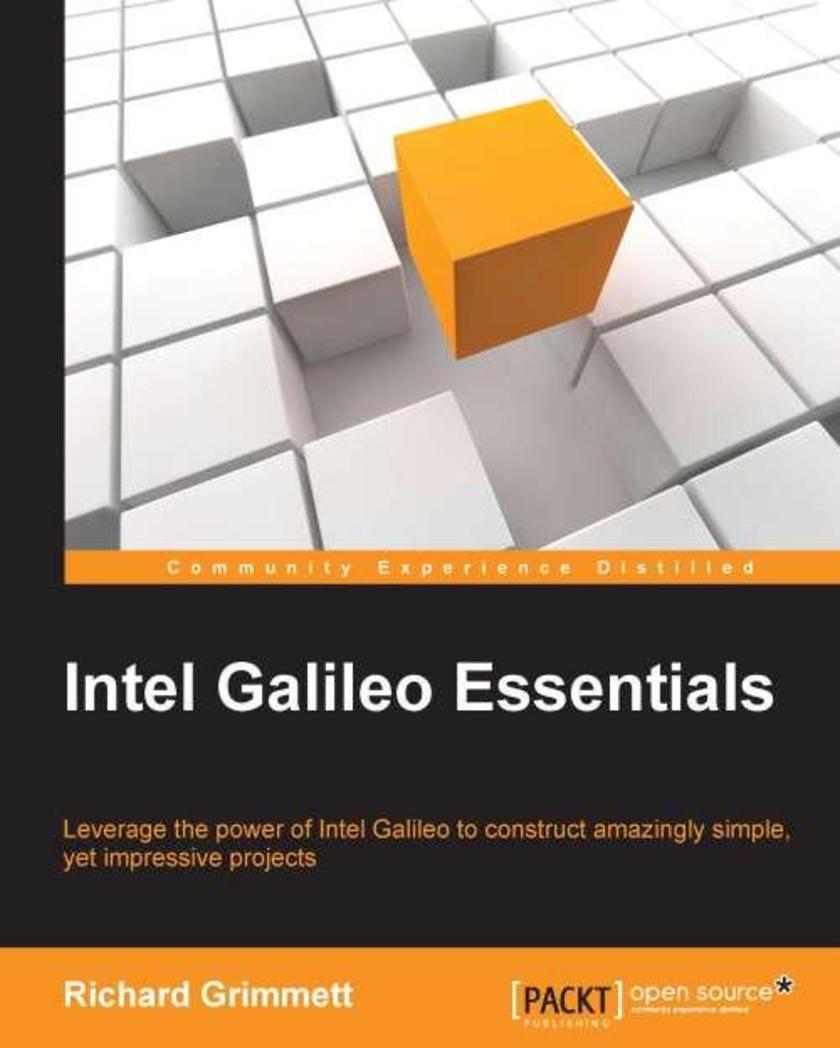
Intel Galileo Essentials
¥54.49
This book is for anyone who has ever been curious about using the Intel Galileo to create electronics projects. Some programming background is useful, but if you know how to use a personal computer, with the aid of the step-by-step instructions in this book, you can construct complex electronics projects that use the Intel Galileo.
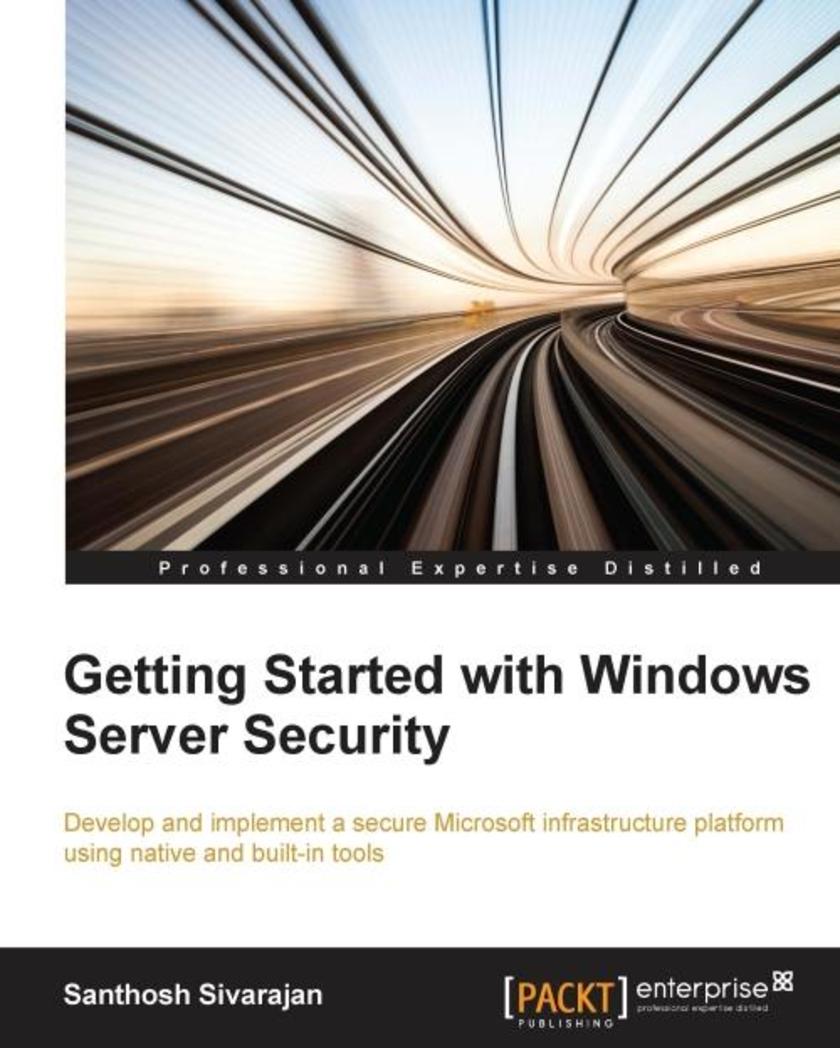
Getting Started with Windows Server Security
¥80.65
If you are a security or Windows Server administrator wanting to learn or advance your knowledge in Microsoft security and secure your Windows Server infrastructure effectively, this book is for you.
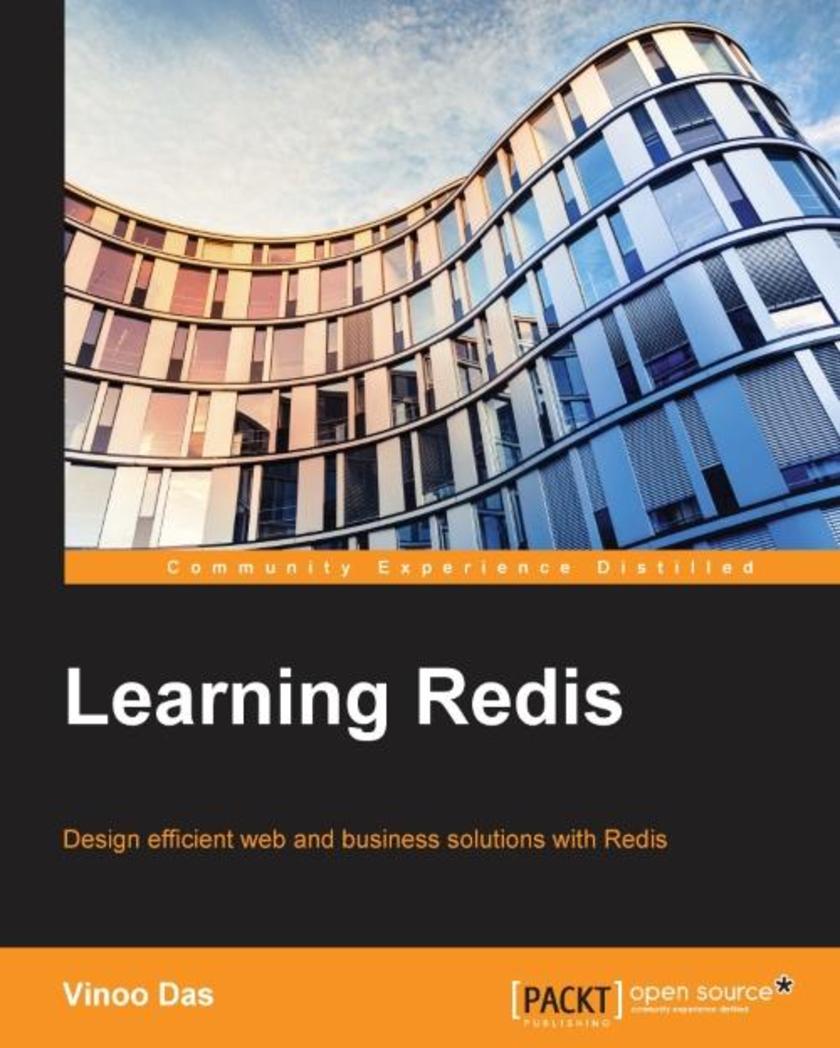
Learning Redis
¥80.65
This book is for SQL developers who want to learn about Redis, the key value database for scalability and performance. Prior understanding of a programming language is essential; however no knowledge of NoSQL is required.

Mastering Gradle
¥80.65
If you are a developer with some experience in build tool and want to become an expert in build tool, then this book is for you. Basic knowledge of Gradle or any other build tool is essential.

PostgreSQL Server Programming - Second Edition
¥90.46
This book is for moderate to advanced PostgreSQL database professionals who wish to extend PostgreSQL, utilizing the most updated features of PostgreSQL 9.4. For a better understanding of this book, familiarity with writing SQL, a basic idea of query tuning, and some coding experience in your preferred language is expected.
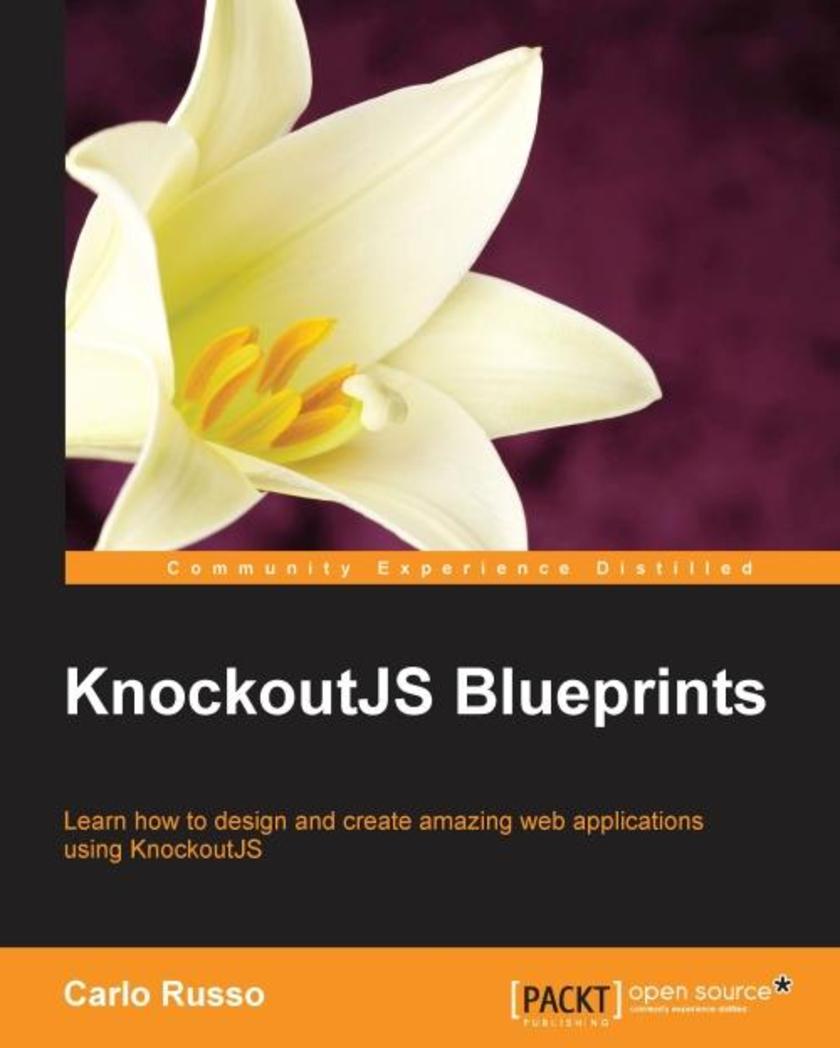
KnockoutJS Blueprints
¥54.49
If you are a JavaScript developer and already know the basics of KnockoutJS and you want to get the most out of it, then this book is for you. This book will help in your transition from a small site to a large web application that is easily maintainable.
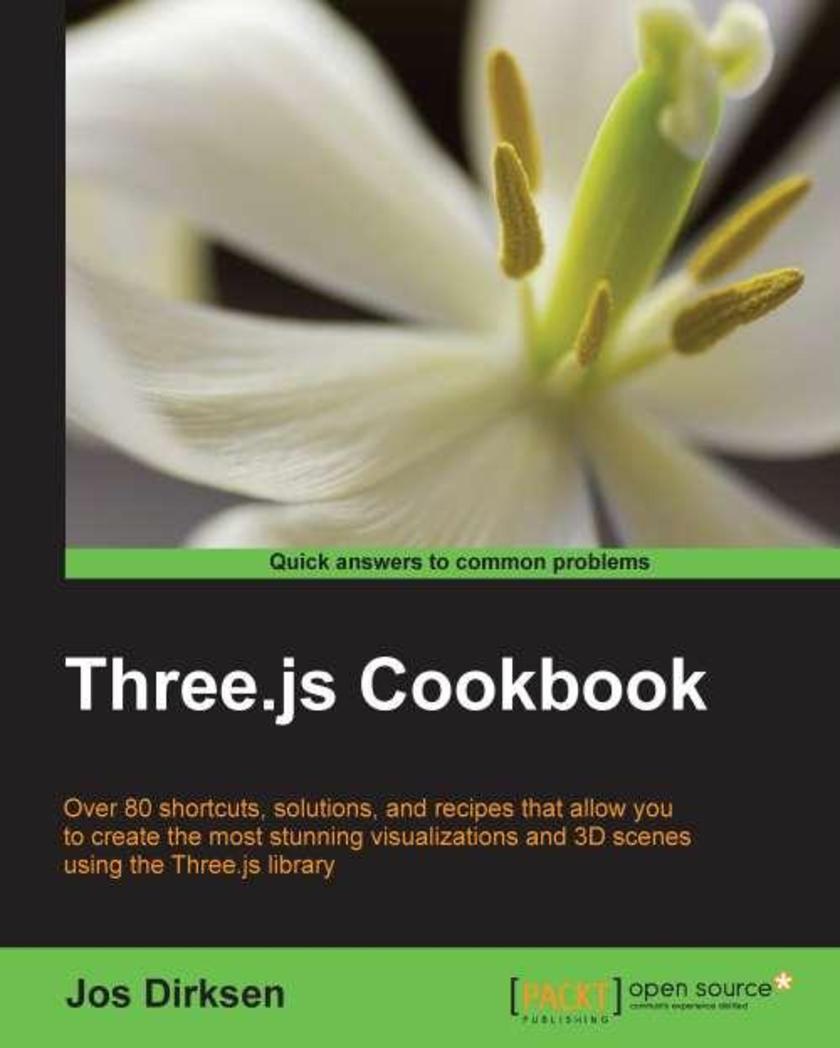
Three.js Cookbook
¥90.46
This book is ideal for anyone who already knows JavaScript and would like to get a broad understanding of Three.js quickly, or for those of you who have a basic grasp of using Three.js but want to really make an impact with your 3D visualizations by learning its advanced features. To apply the recipes in this book you don’t need to know anything about WebGL; all you need is some general knowledge about JavaScript and HTML.
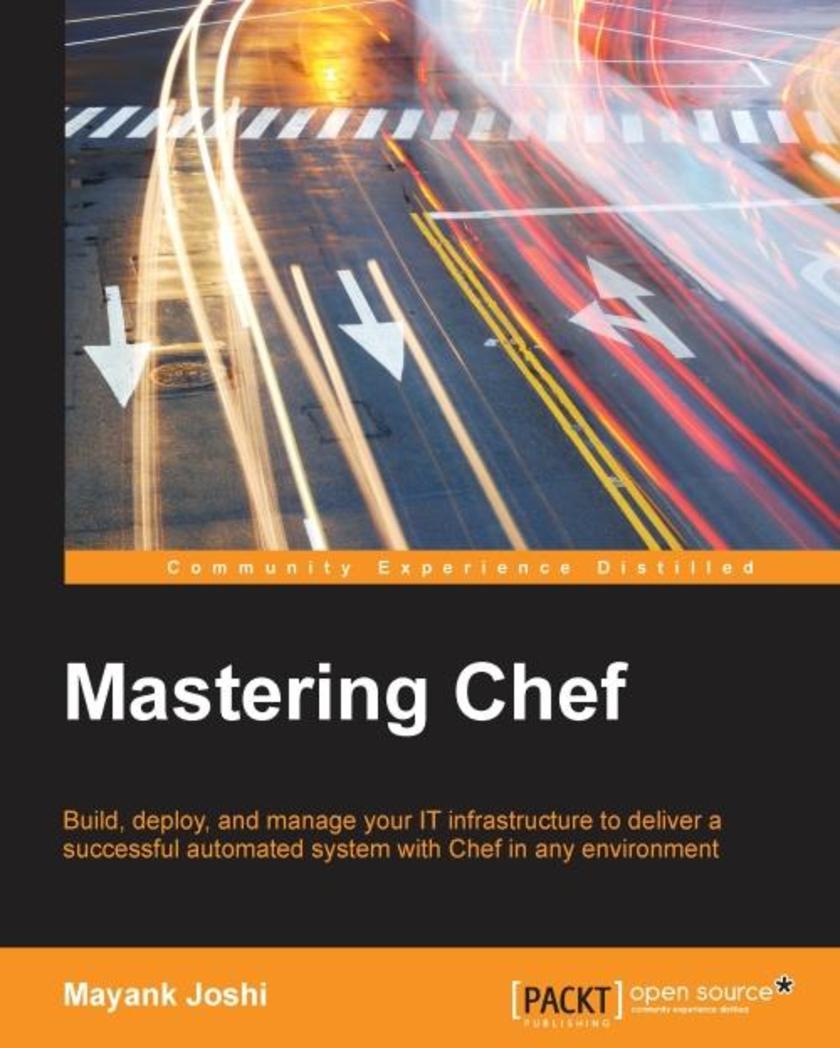
Mastering Chef
¥80.65
If you have used Chef before and are interested in automation of infrastructure and want to develop your own tools to manage large-scale infrastructures, then this book is for you.
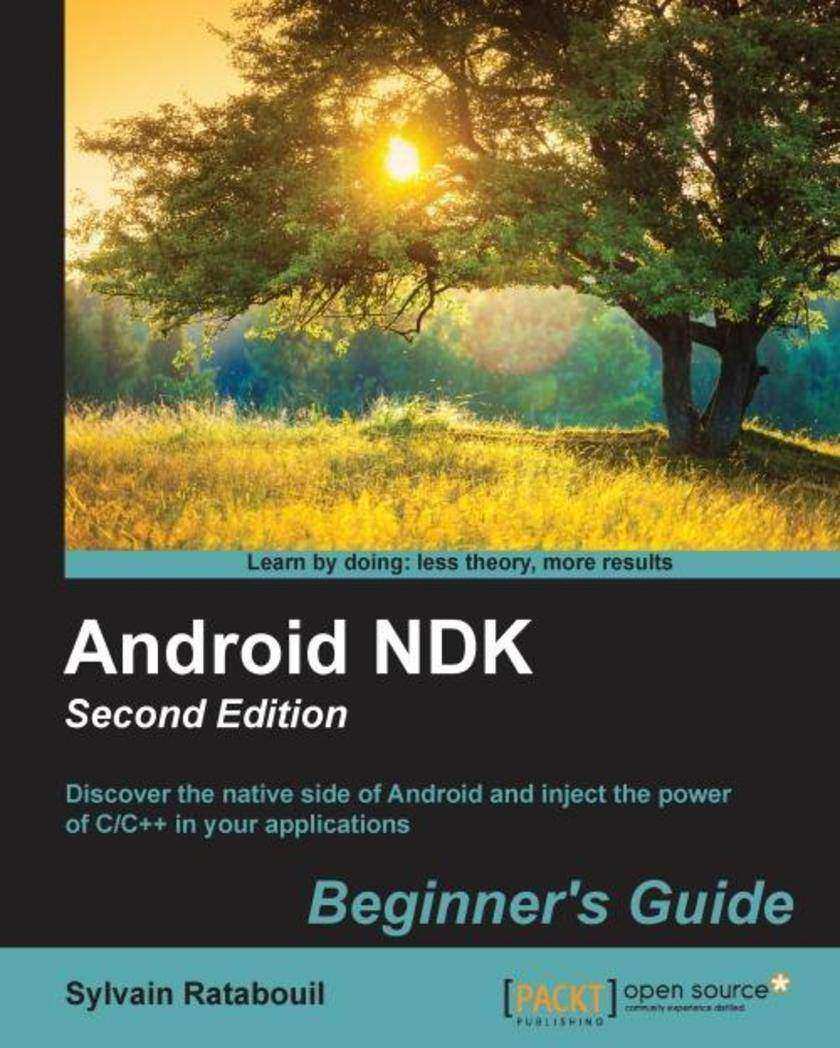
Android NDK: Beginner's Guide - Second Edition
¥90.46
Are you an Android Java programmer who needs more performanceAre you a C/C++ developer who doesn’t want to bother with the complexity of Java and its out-of-control garbage collectorDo you want to create fast intensive multimedia applications or gamesIf you’ve answered yes to any of these questions then this book is for you. With some general knowledge of C/C++ development, you will be able to dive headfirst into native Android development.
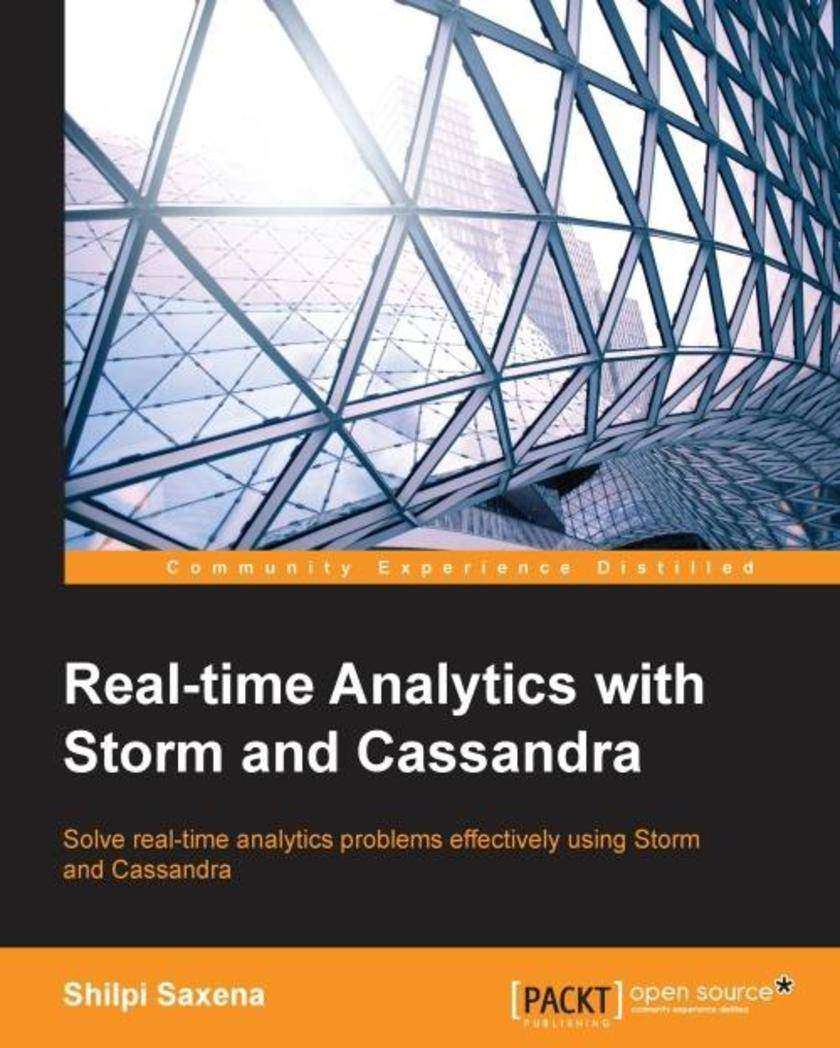
Real-time Analytics with Storm and Cassandra
¥80.65
If you want to efficiently use Storm and Cassandra together and excel at developing production-grade, distributed real-time applications, then this book is for you. No prior knowledge of using Storm and Cassandra together is necessary. However, a background in Java is expected.
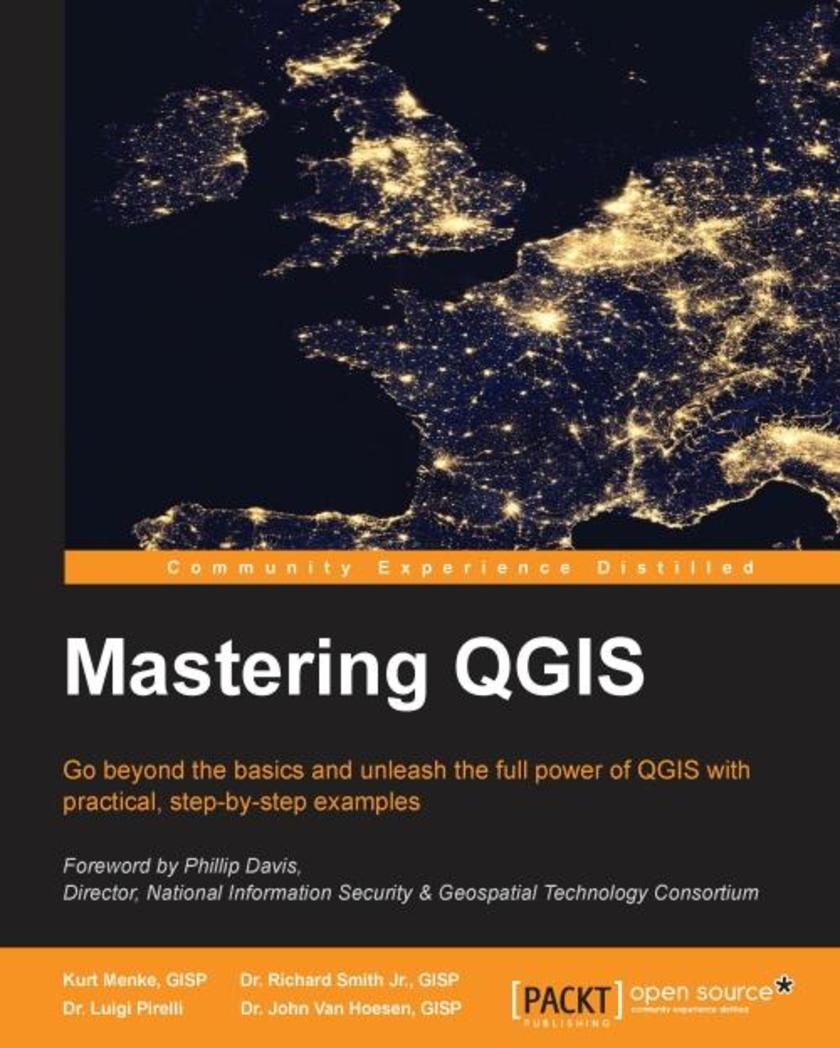
Mastering QGIS
¥90.46
If you are a GIS professional, a consultant, a student, or perhaps a fast learner who wants to go beyond the basics of QGIS, then this book is for you. It will prepare you to realize the full potential of QGIS.
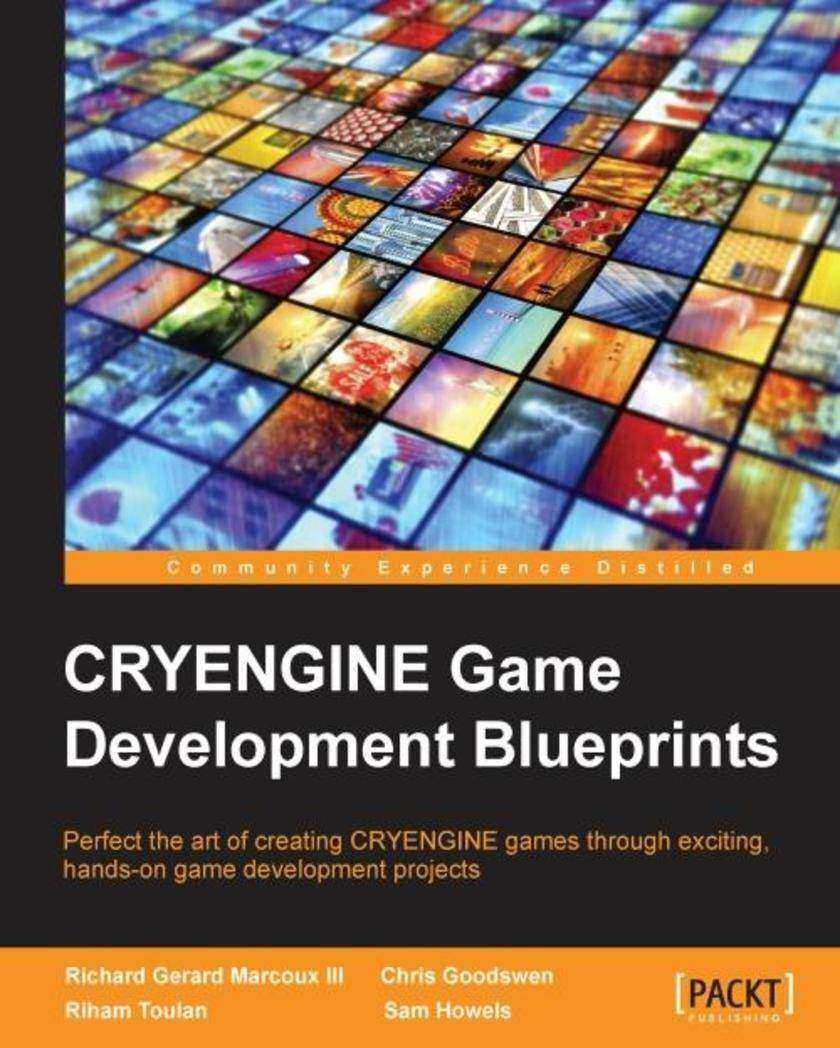
CRYENGINE Game Development Blueprints
¥80.65
This book is intended for CRYENGINE game developers wanting to develop their skills with the help of industry experts. A good knowledge level and understanding of CRYENGINE is assumed.

Creative Greenfoot
¥80.65
This book is for coding students and Java programmers of all levels interested in building engaging, interactive applications with Greenfoot. Familiarity with the very basics of Greenfoot is assumed.
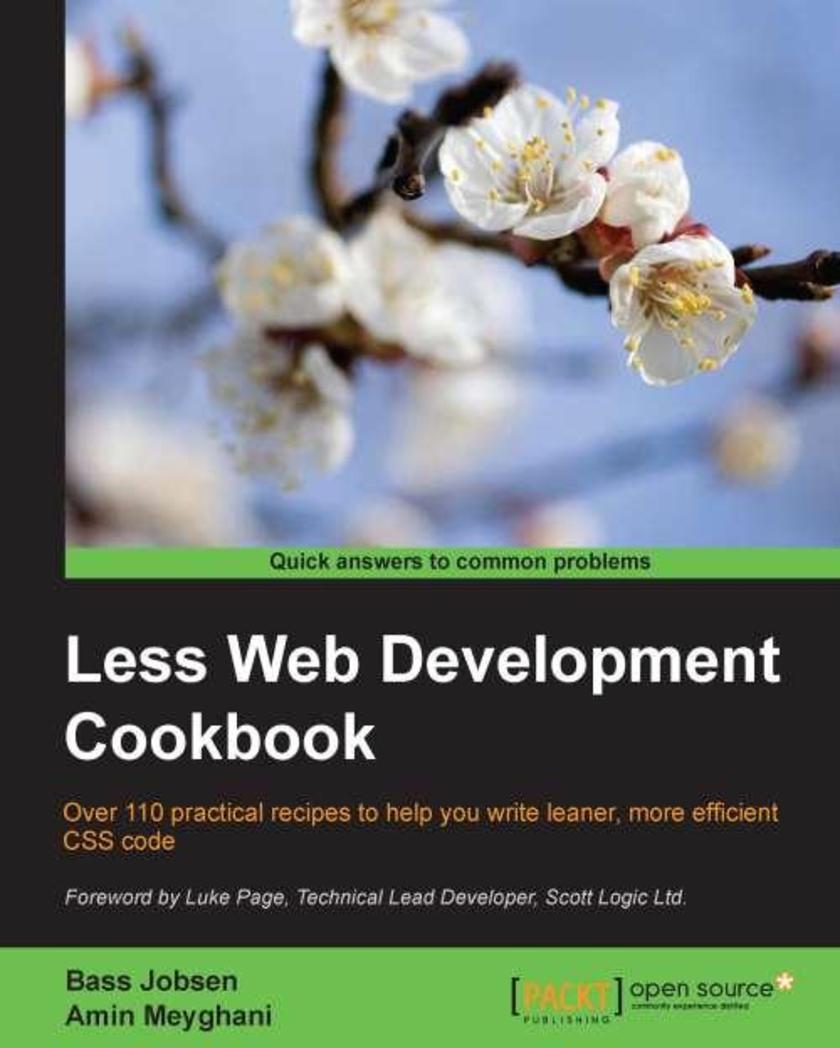
Less Web Development Cookbook
¥90.46
Aimed at those who want to overcome the limitations of CSS, through this book you will begin to harness the efficiency of Less by building advanced, responsive, and modern websites. Experienced web developers, students, and even web designers will find this guide very useful as they enhance their CSS skills.
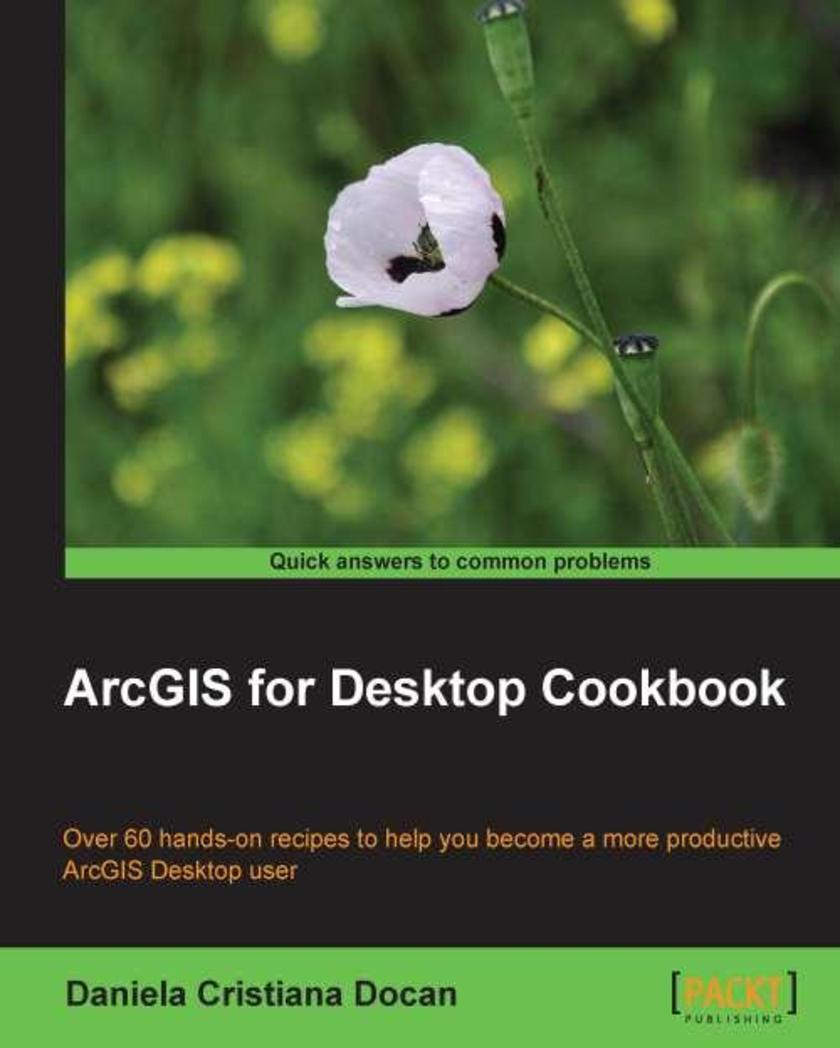
ArcGIS for Desktop Cookbook
¥80.65
This book is a good companion to get you quickly acquainted with everything you need to increase your productivity with the ArcGIS Desktop. It would be helpful to have a bit of familiarity with basic GIS concepts. If you have no previous experience with ArcGIS, this book will still be helpful for you because it will help you catch up to the acquainted users from a practical point of view.
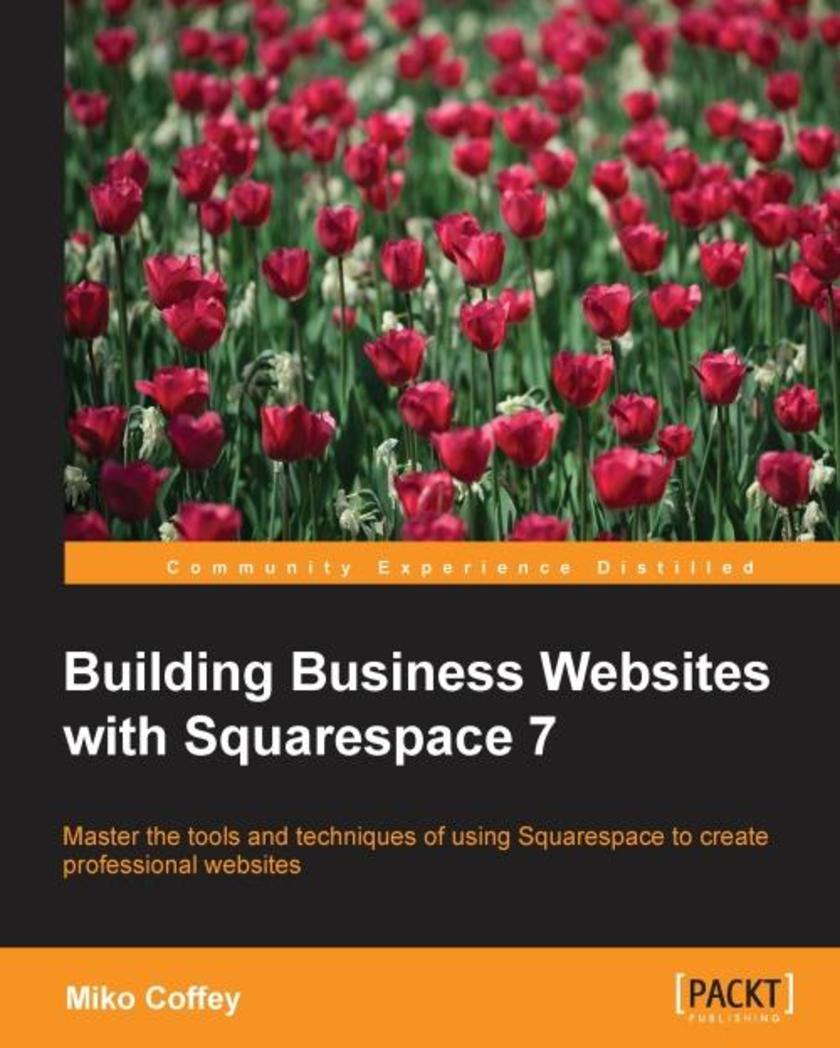
Building Business Websites with Squarespace 7
¥90.46
This book is ideal for anyone who wants to learn how to use the latest version of Squarespace to create a website from scratch and take it through to go-live. You don't need any prior experience with Squarespace, HTML or CSS, or building websites in general as everything is done using Squarespace's simple, browser-based interface.
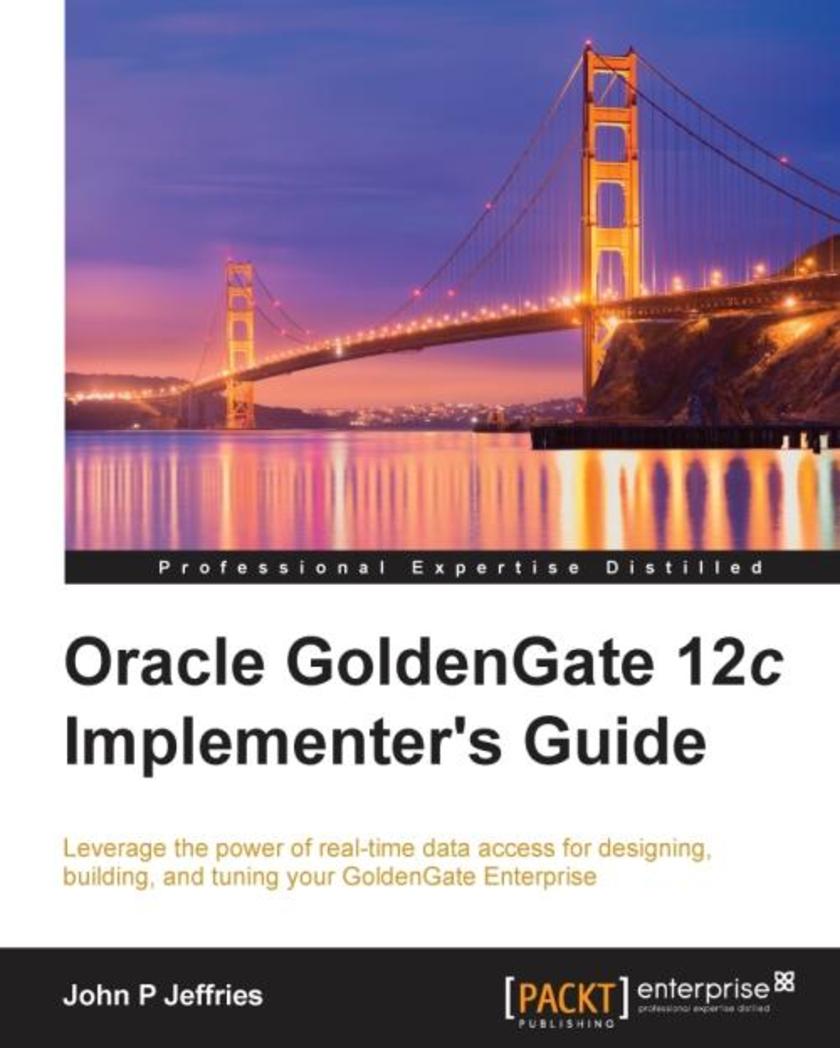
Oracle GoldenGate 12c Implementer's Guide
¥107.90
The book is aimed at Oracle database administrators, project managers, and solution architects who wish to extend their knowledge of GoldenGate. The reader is assumed to be familiar with Oracle databases. No knowledge of GoldenGate is required.
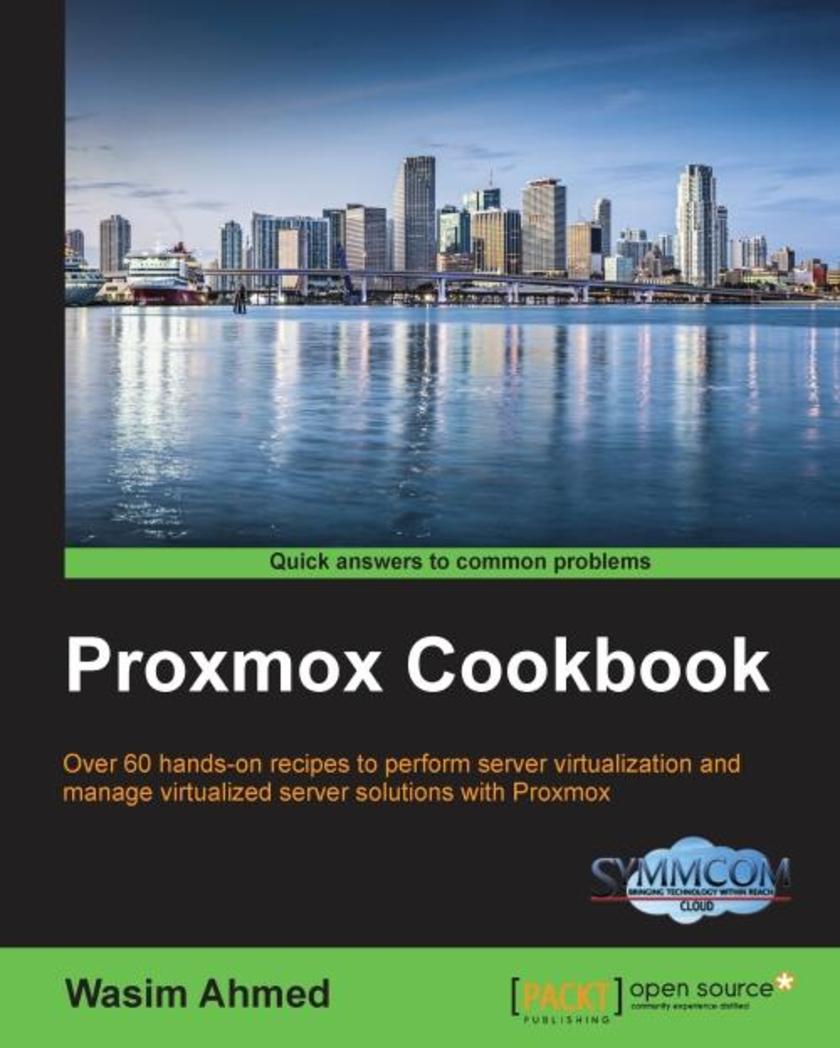
Proxmox Cookbook
¥90.46
This book is perfect for system administrators who want to learn how to implement and administer Proxmox VE environments. Since this book will not cover the basics of Proxmox, a basic understanding of virtualization and networking with the Proxmox VE is required.
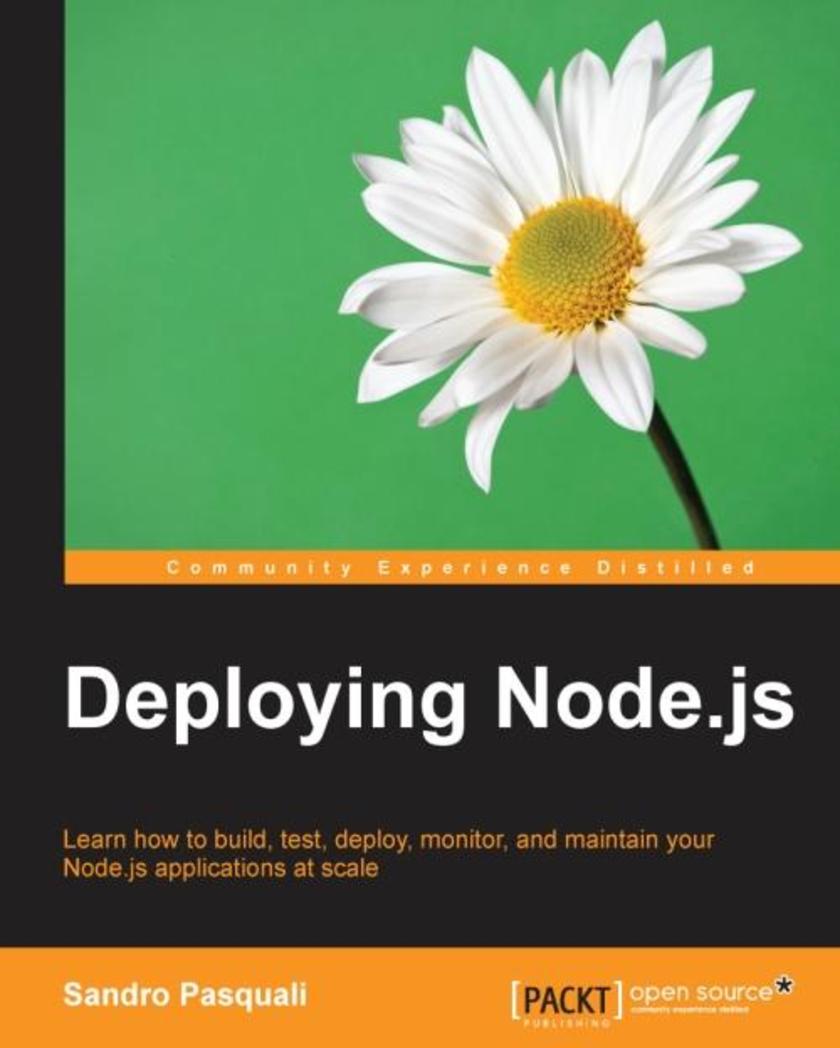
Deploying Node.js
¥80.65
If you are an intermediate or advanced developer deploying your Node.js applications, then this book is for you. If you have already built a Node application or module and want to take your knowledge to the next level, this book will help you find your way.
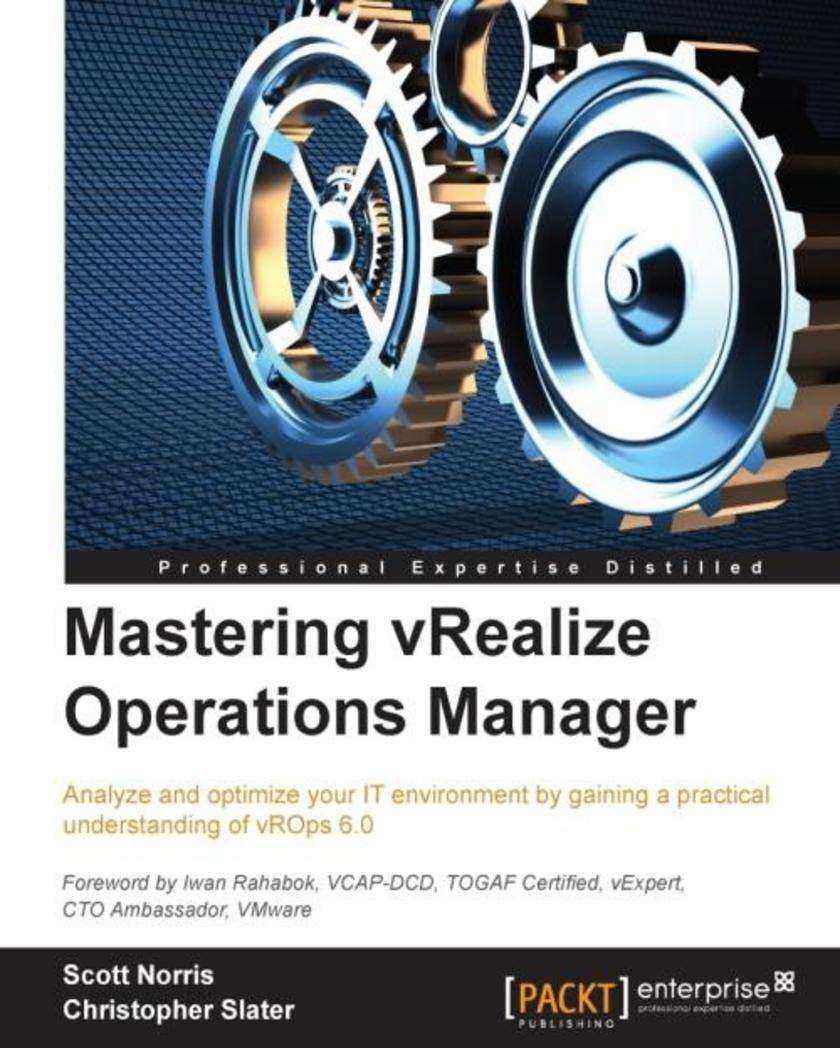
Mastering vRealize Operations Manager
¥100.27
If you are an administrator of a virtual environment and have used vROps before but want to gain a professional understanding by implementing complex tasks easily with it, then this book is for you.




 购物车
购物车 个人中心
个人中心



